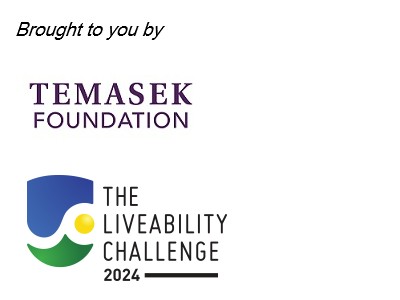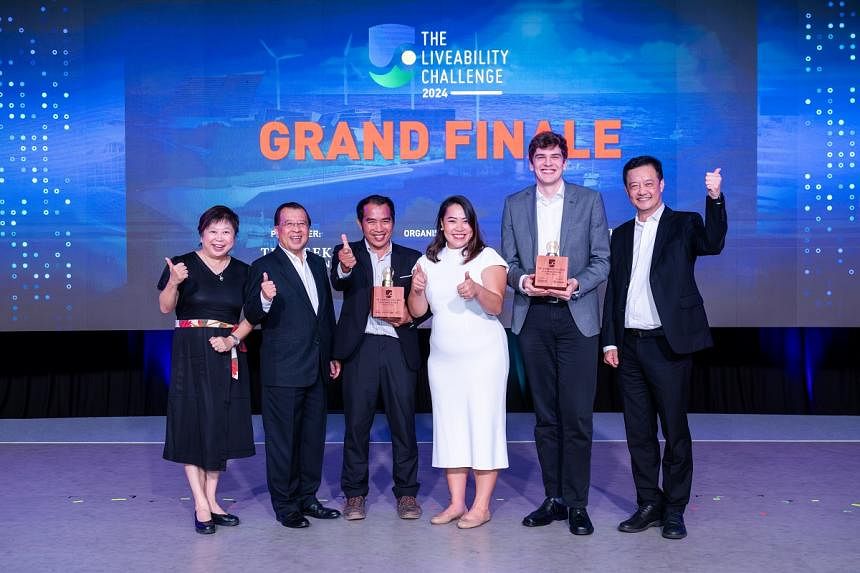The effects of the world's changing climates are increasingly apparent. In Singapore, May and October 2023 were our country’s record hottest months, with the wet bulb hitting the highest 37 deg C on May 13, tying with the highest recorded temperature in April 1983. By the end of this century, Singaporeans may have to endure 35 deg C days all-year round, according to the Centre for Climate Research. There is a pressing need to mitigate and adapt to these conditions.
Climate change is also pushing governments worldwide to build food resilience. With disruptions to the weather and global supply chains, countries need to ensure reliable and affordable access to food supply.
To improve the liveability of urban environments, Temasek Foundation launched The Liveability Challenge (TLC) to help start-ups take their solutions from the lab to the market. This year’s winners, GAFT and CricketOne, showcase promising solutions to address climate change and food resilience in Singapore, and beyond.
GAFT is a start-up focused on converting carbon dioxide into feedstock for sustainable aviation fuel, providing a clean energy solution for the aviation sector. CricketOne provides cricket-based proteins for human consumption as a high-nutrition, low-carbon alternative protein source, thereby enhancing food security.
Turning CO2 and water into clean biofuel
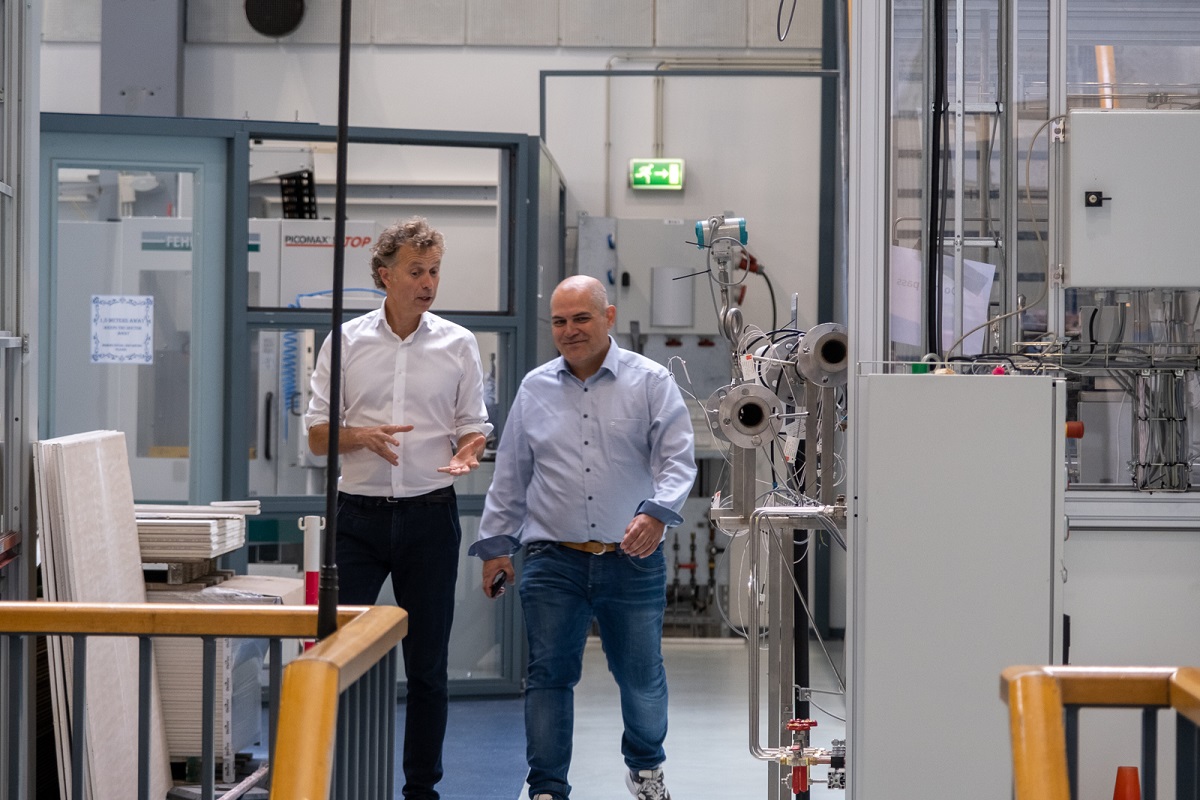
Combine carbon dioxide and water to make airplane fuel?
This concept is being pursued by Dutch start-up GAFT to create a new source of sustainable aviation fuel (SAF).
It was one of two winners of The Liveability Challenge (TLC) 2024 that walked away with $1 million in catalytic funding.
In Singapore, efforts to decarbonise the aviation sector are accelerating. From 2026, flights departing from Singapore will be required to utilise SAF. Similarly, countries in Europe and the US are mandating the use of SAF to fight climate change.
Typically, SAF is derived from various renewable sources such as waste oils of biological origin, agricultural residues and food waste. However, as global SAF demand grows, these sources cannot keep up with demand.
To address the shortage of feedstock for biofuels, GAFT has developed an innovative two-step process to convert carbon dioxide (CO2) into a usable form of clean energy that does not involve waste materials.
In the first step, a patented high-pressure electrolyser converts non-fossil CO2 into
an “energy carrier”. This non-fossil CO2 can come from sources such as the natural decomposition of organic matter, industrial processes or even captured directly from the air.
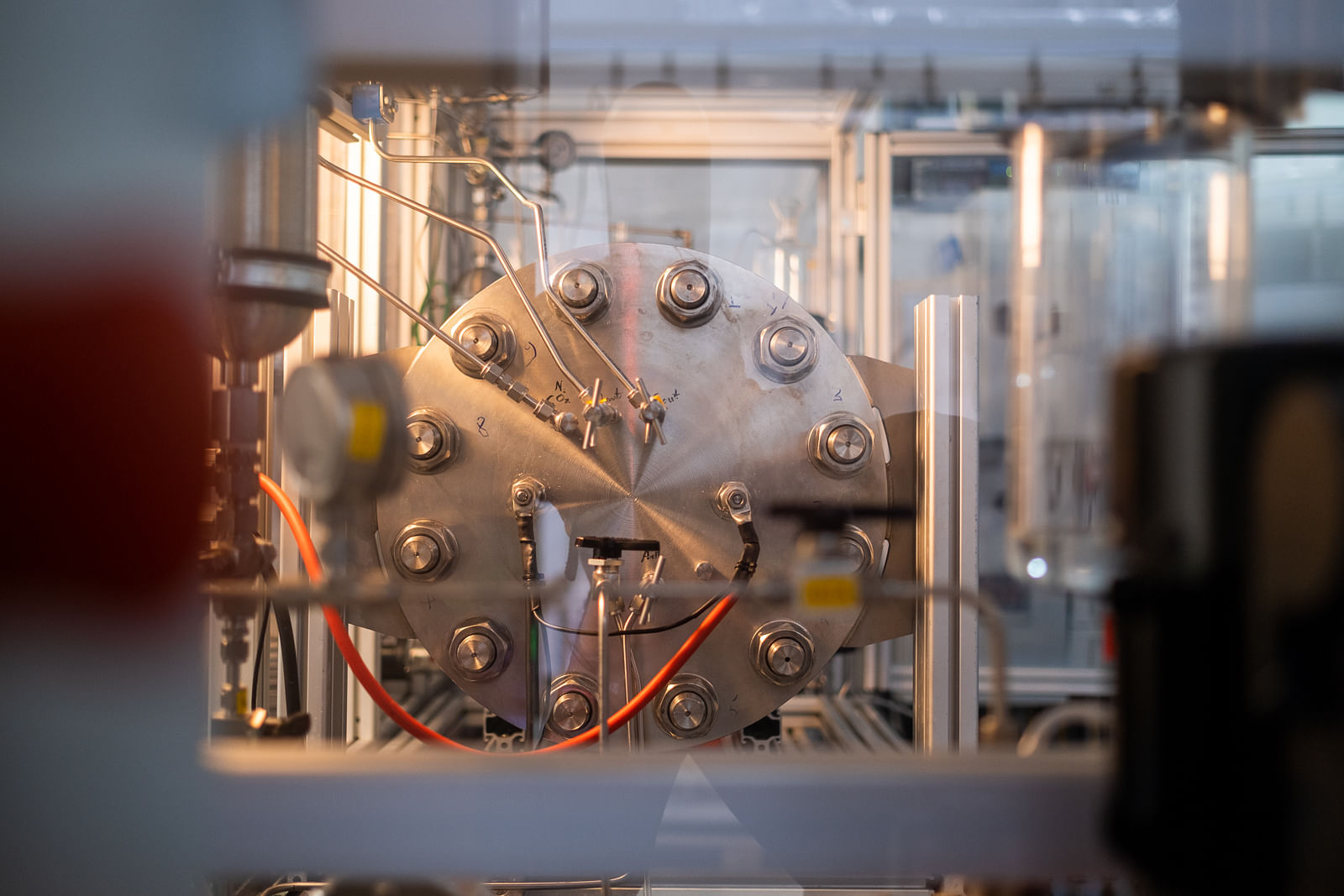
Mr Frank Schreurs, GAFT's CEO, explained the process: “We take CO2 – an inert molecule without energy – and turn it into a molecule that has energy. By powering this transformation with renewable electricity, our electrolyser reaction converts carbon dioxide into an energy carrier.”
In the next step that is similar to beer fermentation: Microorganisms ferment this energy carrier to produce fatty acids, which then become the primary raw material for SAF. “CO2 is often seen as the 'bad guy,' but now we’ve converted it into something usable,” said Mr Schreurs.
The $1 million funding from TLC will now assist GAFT in scaling up production to achieve its goal of producing 500 tonnes of SAF annually.
Spreading the goodness of six-legged protein
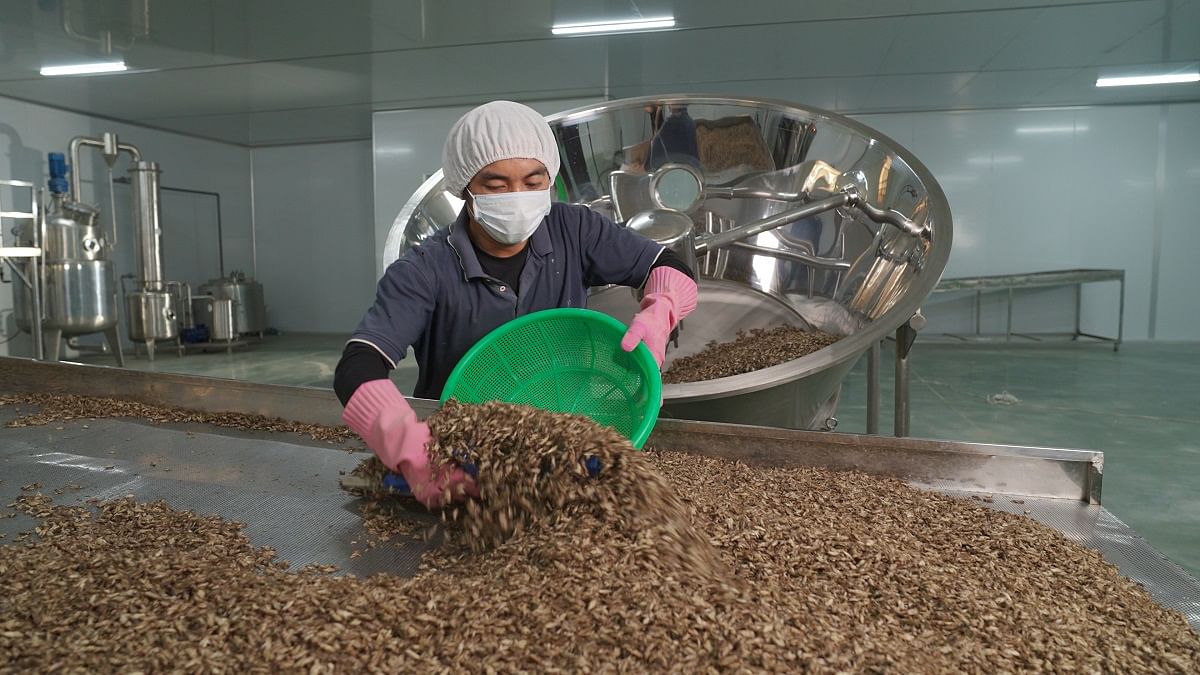
When we think of high protein food, we usually think of meat dishes made from beef or chicken. Ms Bicky Nguyen would like you to consider cricket protein bars instead.
“Crickets are packed with a lot of minerals and vitamins,” said Ms Nguyen, co-founder of the Vietnamese start-up CricketOne. “There's zinc, iron, potassium and magnesium. They're also rich in vitamins A and B12, and omega-3, omega-6 and omega-9 fatty acids.”
Since 2017, CricketOne has spearheaded using crickets as a sustainable, nutritious alternative to traditional protein sources.
These tiny insects are making a big impact not just due to their nutritional content but also their minimal environmental footprint. Compared to livestock, crickets require significantly less land, water, and feed, and emit a fraction of greenhouse gases. Crickets have a carbon footprint 100 times smaller than beef.
This low ecological impact makes cricket farming effective against climate change and resource depletion. Ms Nguyen notes that 0.55 square kilometres of land can produce enough cricket protein for the whole of Singapore’s population.
As one of the two winners of TLC 2024, CricketOne intends to use the $1 million funding to accelerate their research to extract higher quality protein from crickets while removing the brown colour element for use in food products in the form of powder as well as high moisture products (e.g. patties).
“We have a German client who uses our cricket protein powder in their pre-mixed flour,” she said. “However, this results in a brownish colour, which does not match the typical white or off-white colour expected of flour.”
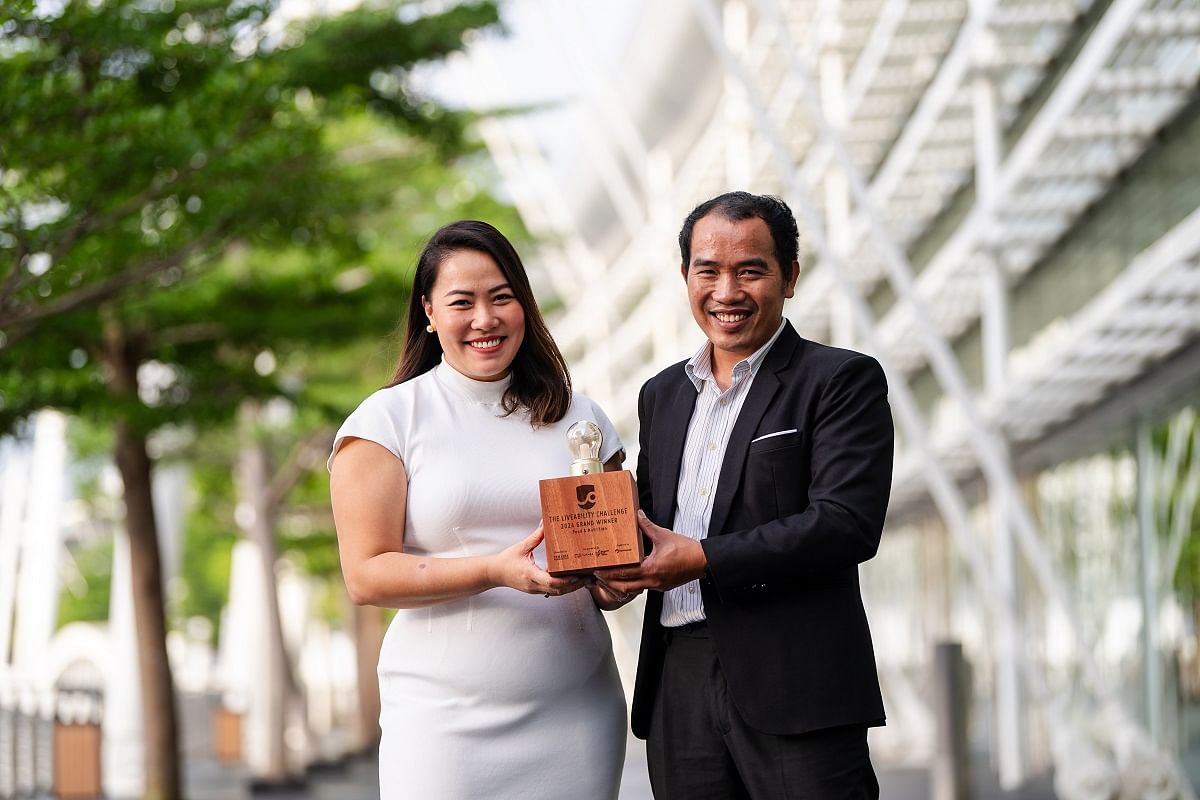
Decolourising cricket protein powder will be a step in the right direction to improve consumer acceptance and perception of cricket-based products as food.
The start-up also wants to further refine crickets into purer forms of protein for potential use in clinical applications. Initial trials by the start-up have found that cricket protein may reduce the ageing process in human muscles.
“Many investors think cricket protein is a niche market,” said Ms Nguyen. “It is, because this is an under-invested sector. We hope to make it more mainstream and even make foods like cricket ‘meatballs’ and cricket ‘sausages’.”
